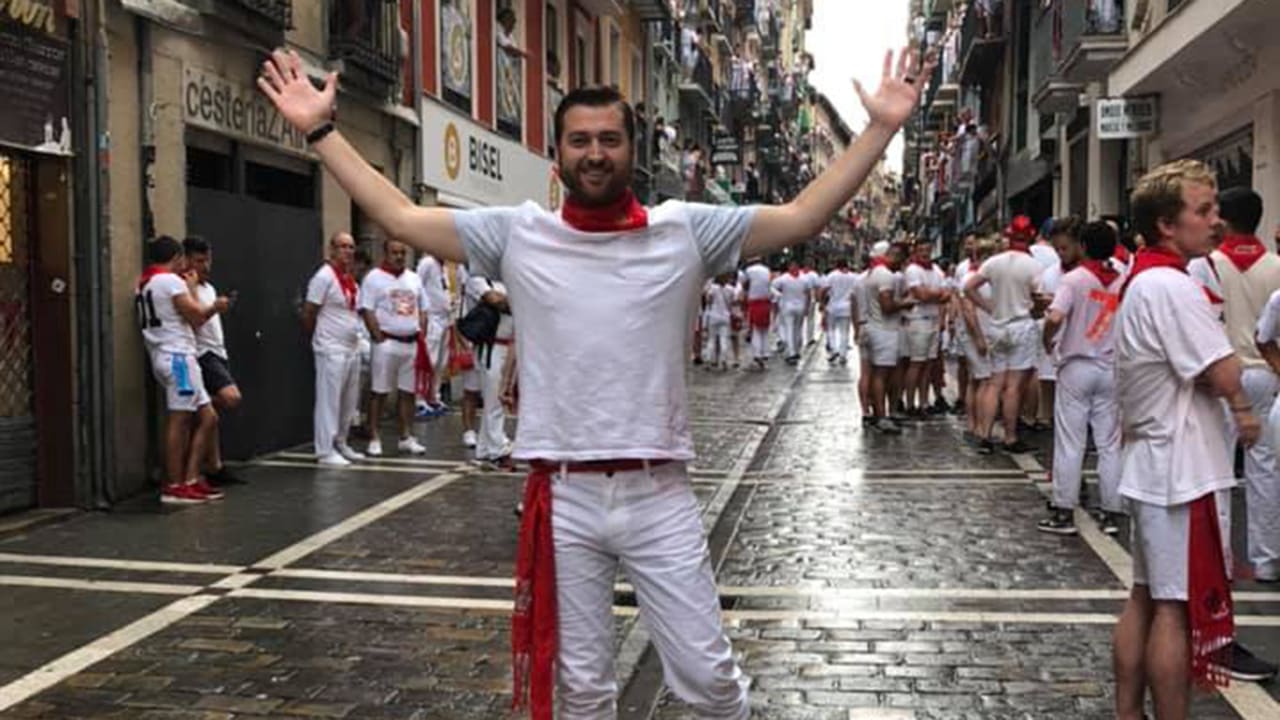Viktor
Well-known member
- Mar 19, 2019
- 2,552
- 0

Ficken, a self-proclaimed history buff, valued the deep-rooted culture that envelops the San Fermin festival as well as the run itself.
The Running of the Bulls stems from the 17th or 18th century and is derived from the need to run cattle from outside the city into the market. The tradition takes place each morning of the San Fermin festival, which honors Fermin, a third-century convert to Christianity who was ordained a priest in Toulouse and later returned to Pamplona as its first bishop.
“It’s a lot of history; it’s culturally significant for them,” Ficken explained. “We tried to respect the whole tradition of it. The dad really ingrained that into us, ‘You respect it.’ We didn’t go out the night before; we got rest.
“I think we did it the right way,” Ficken added.
The Running of the Bulls has become more publicized and gained popularity through social media over the years, but Janocko echoed Ficken’s thoughts about the historical significance.
“There were some Americans there, and I met some English speakers, but [by and large] it’s not a touristy thing,” Janocko said. “The people who live there, they’re very proud of the festival and of Saint Fermin – he’s their patron saint. Just going into the chapel and seeing their city, it was really neat. It’s very significant to the locals.”
‘Keep your head on a swivel’
The Vikings coaches each arrived a couple of hours early for their respective runs, the minutes seeming to crawl by in advance of the start.
Janocko compared the waiting period to Sunday mornings before kickoffs during the NFL season.
“It’s a lot like pregame. Because it takes forever,” he emphasized. “But then, as soon as the gun goes off, it goes super quick, and all of a sudden you’re standing in the stadium.”
Ficken recalled his experience in 2004:
“Right when that first bang goes off, the adrenaline starts pumping. When we were running through the course, I lost my buddies,” Ficken said, explaining that oftentimes it’s the runners around you, who get in front of a bull or stumble on the path, that can be dangerous.
“The bulls don’t have peripheral vision, so if you’re to the side of the bull and staying out of the way of everyone else, you’re not going to be in harm’s way,” he continued. “You get into the stadium, and there was this big crowd of people, and I’m like, ‘I don’t know how I’m going to get through this. This is going to be interesting.’ ”
Just as Ficken tried to devise a split-second plan to get through the mass, a final bull “came screaming past” and into the crowd of people.
